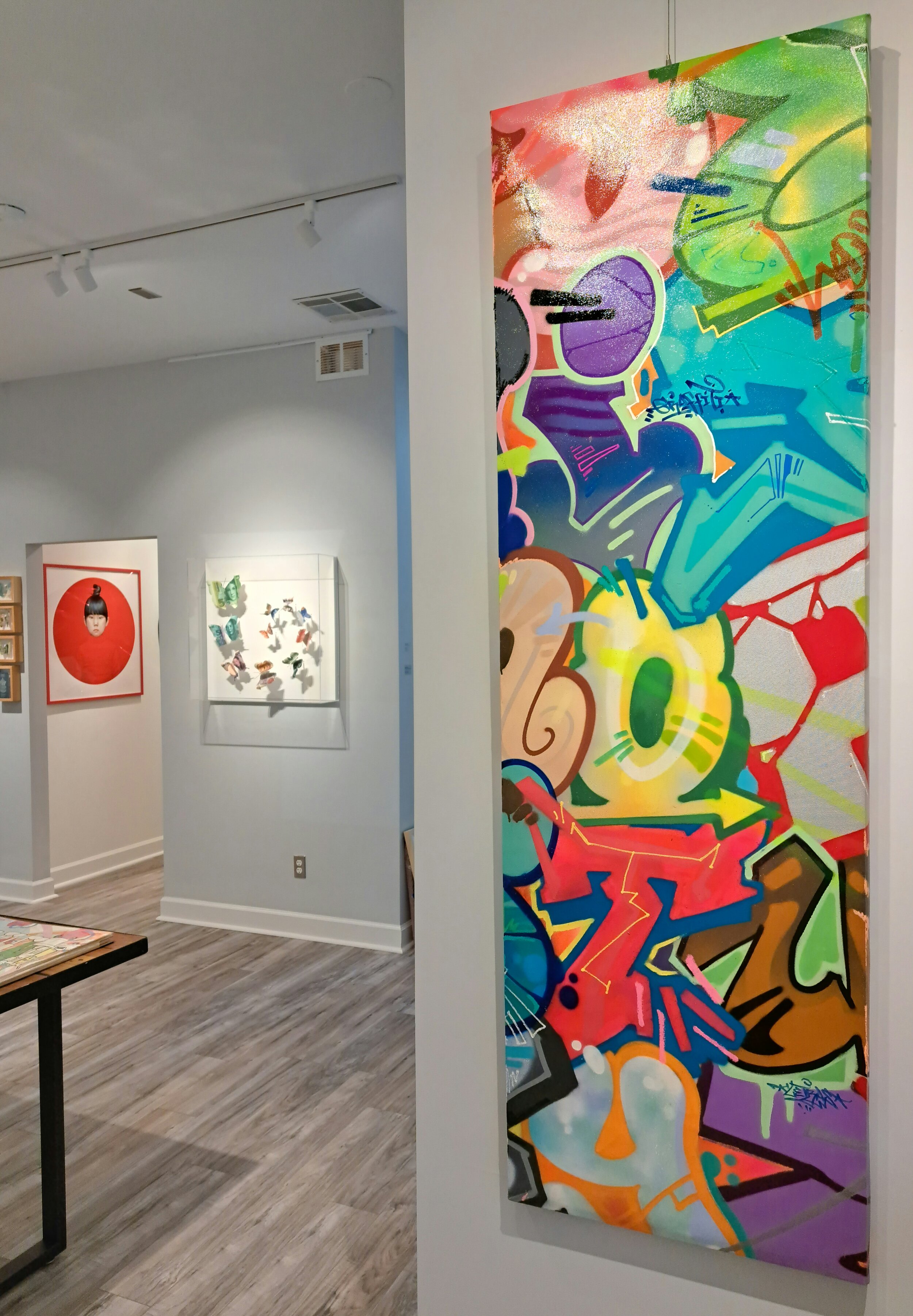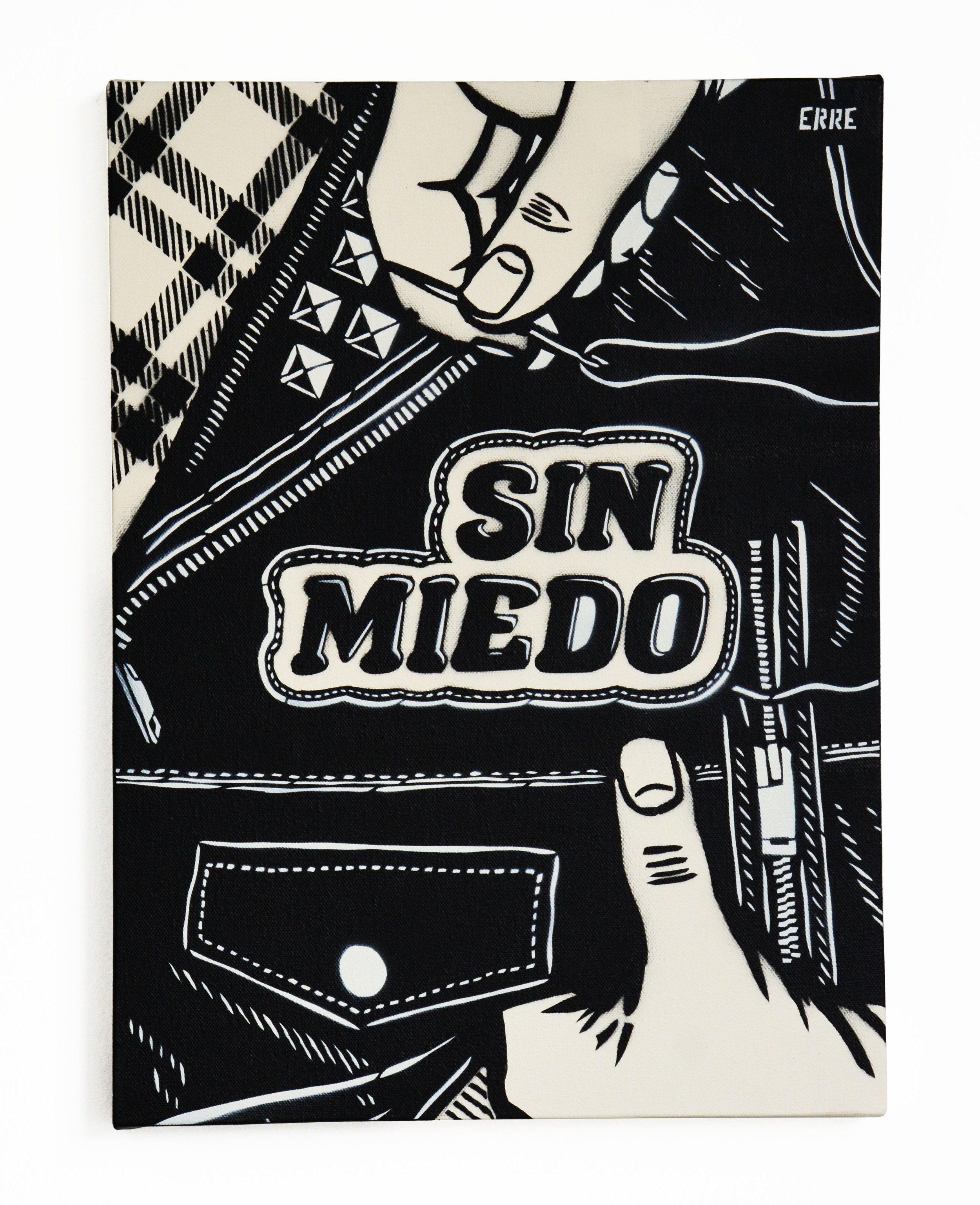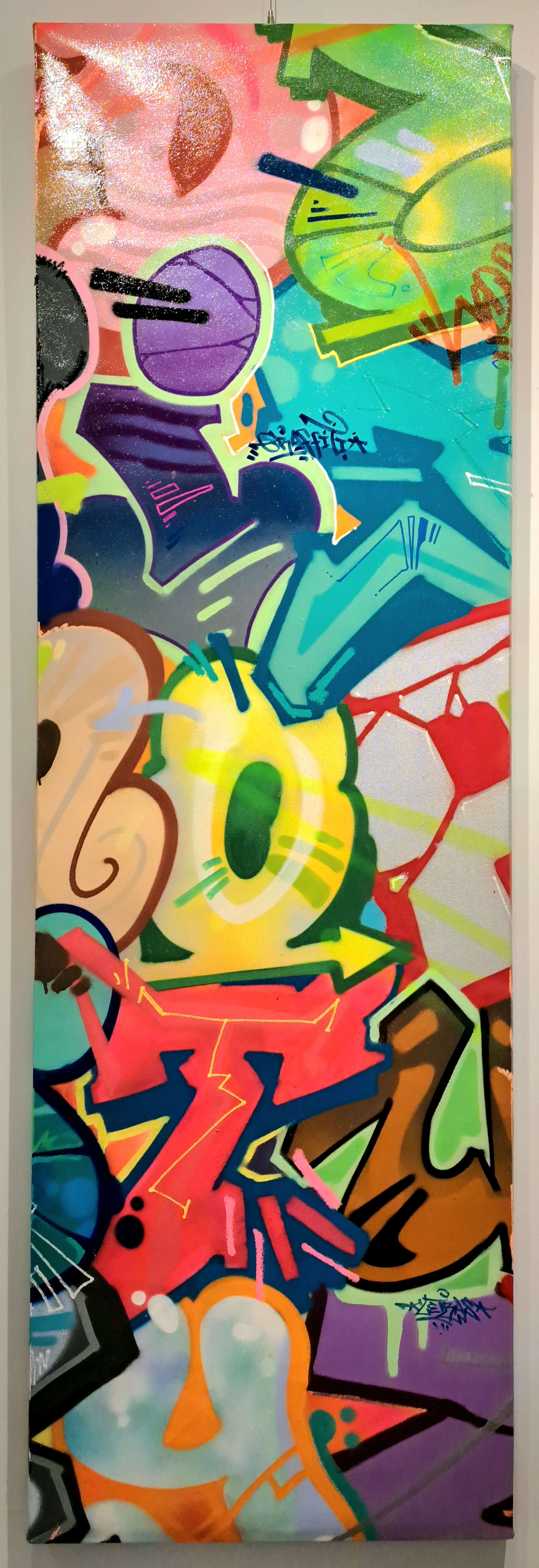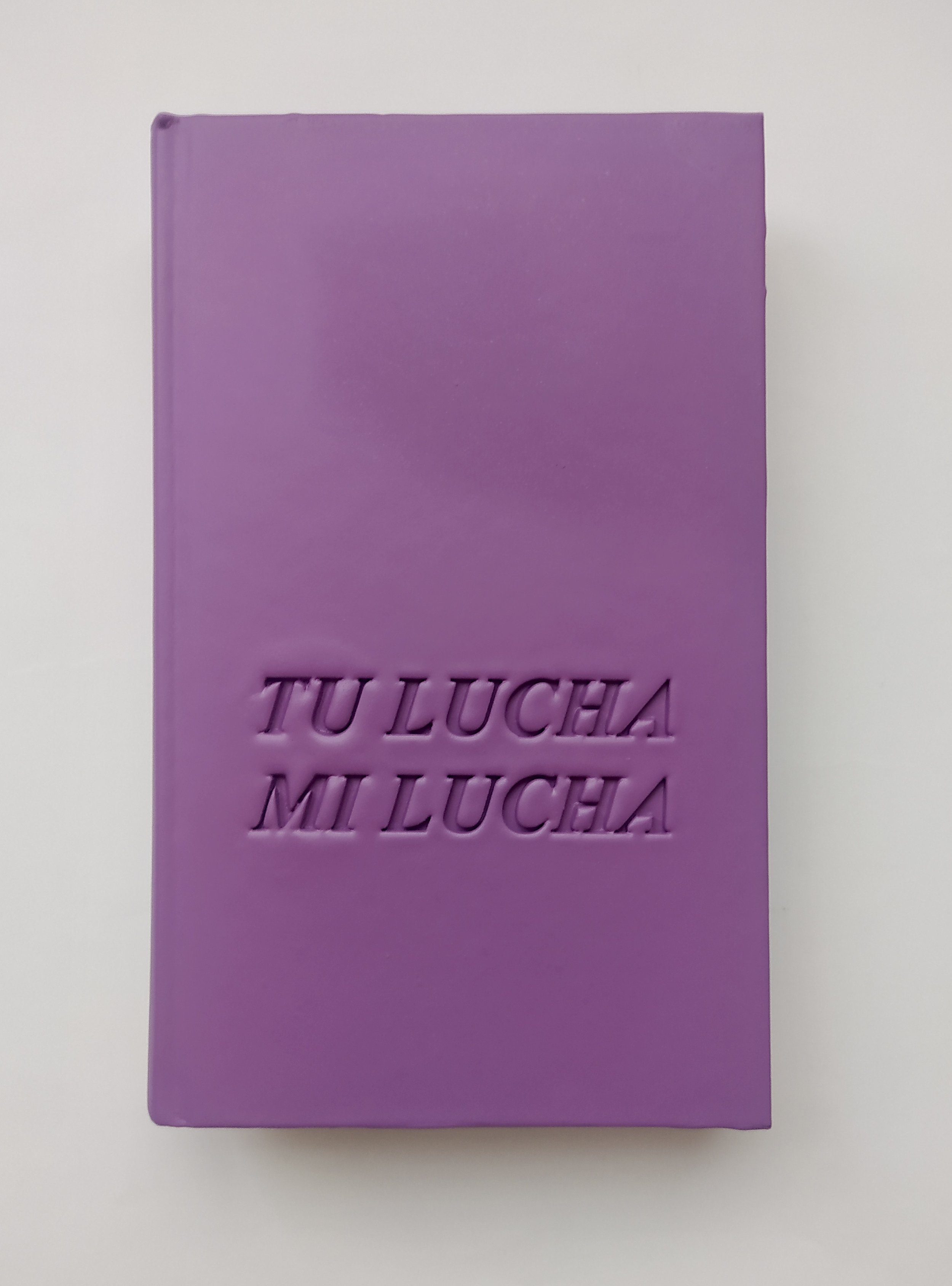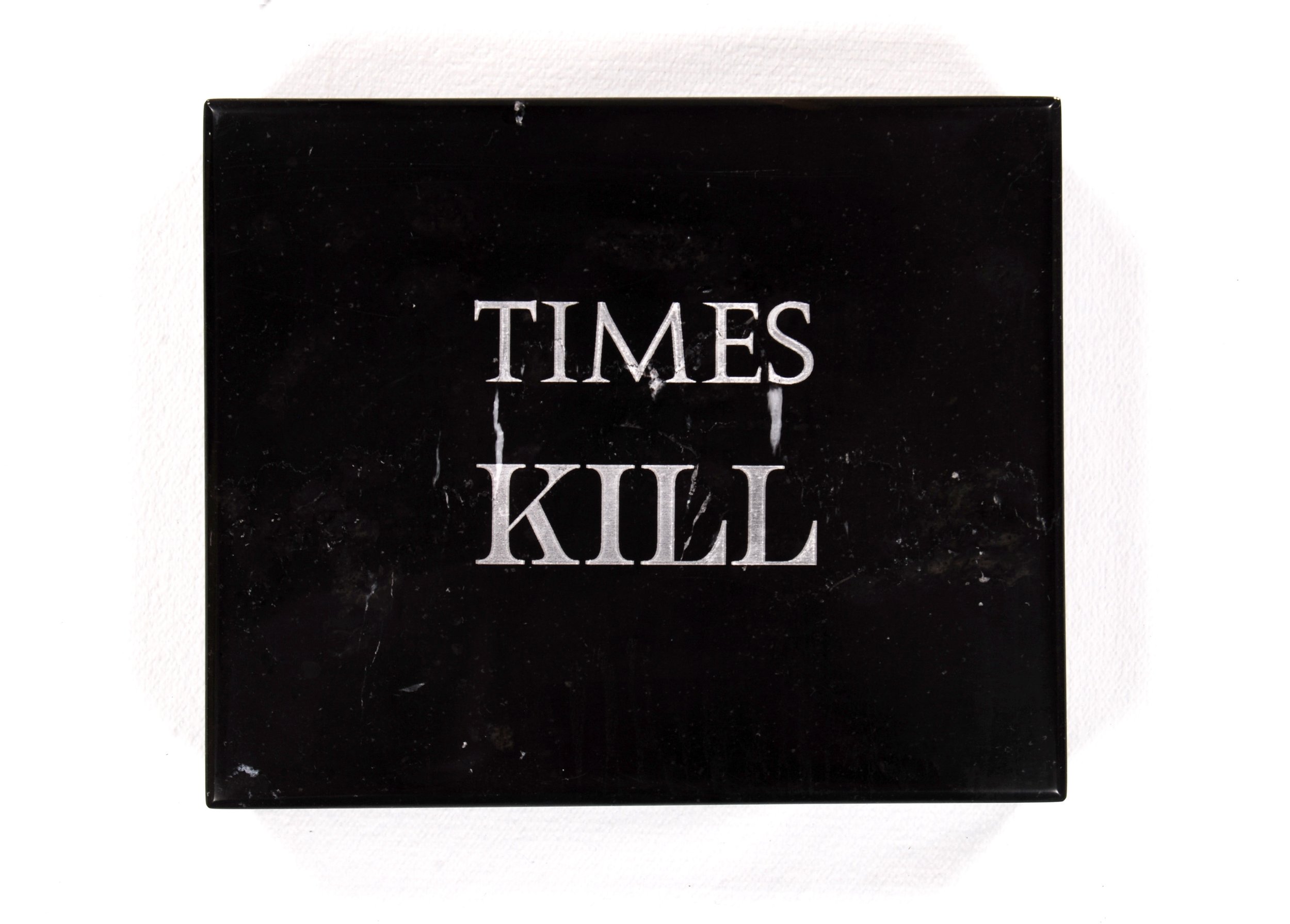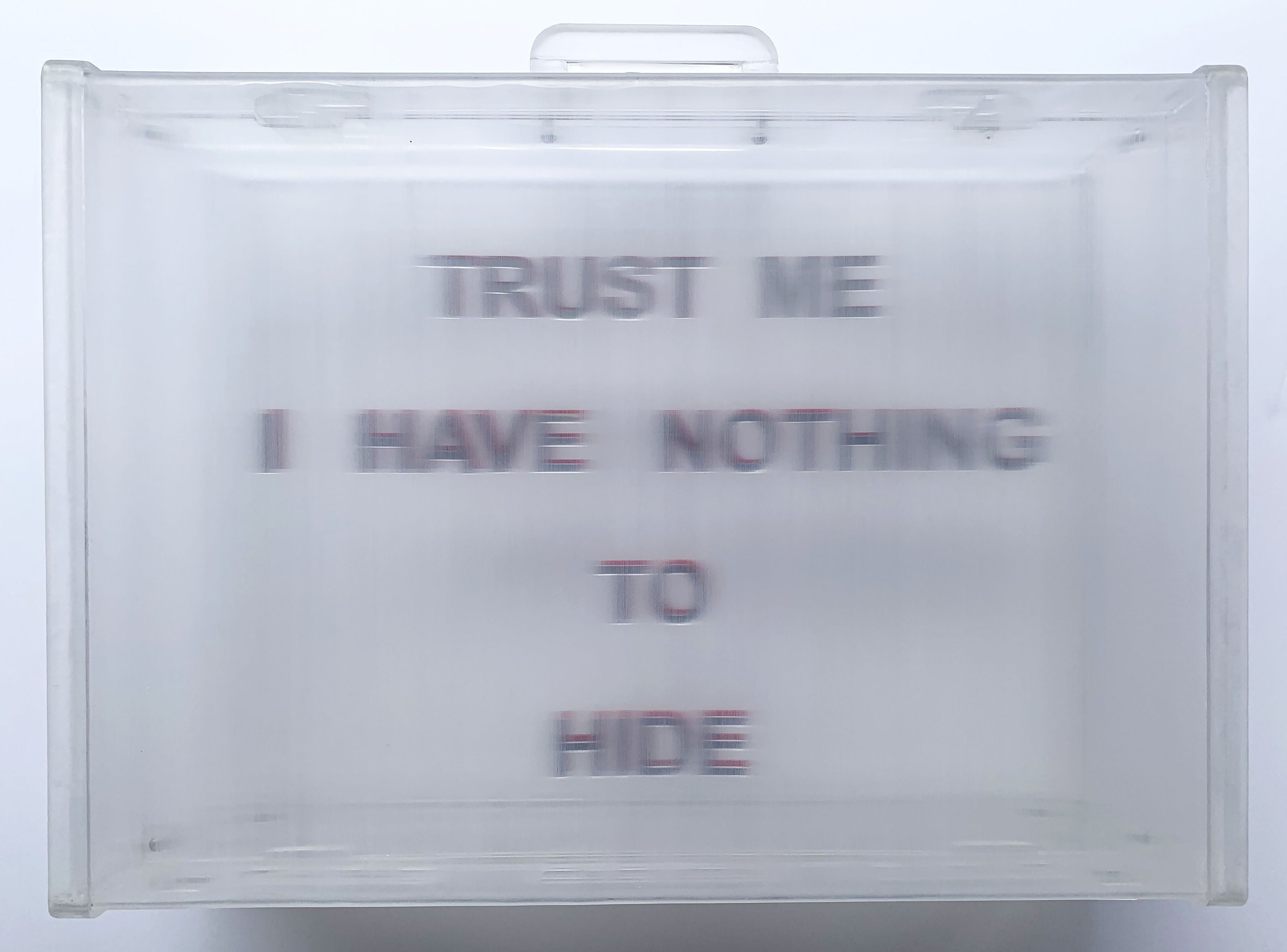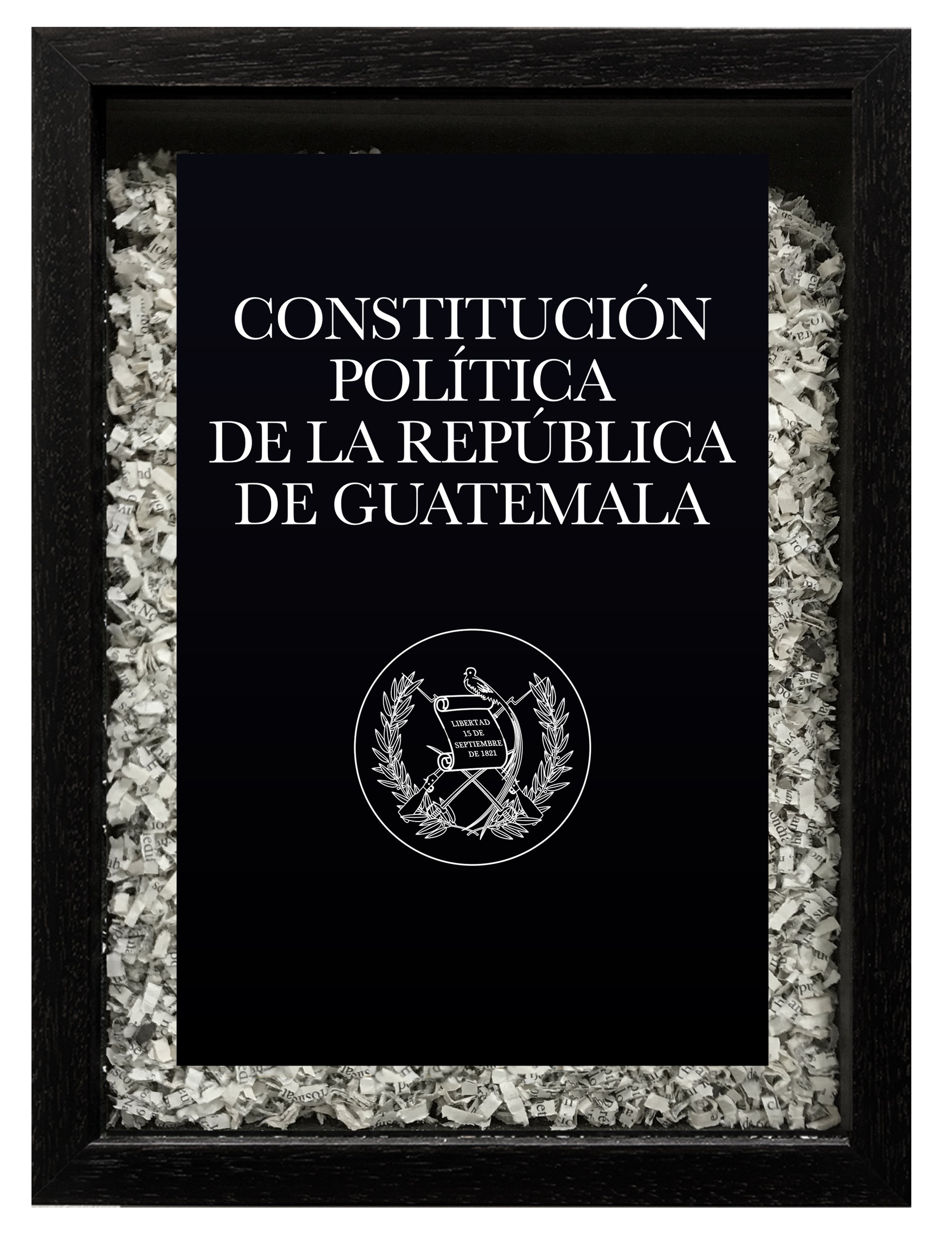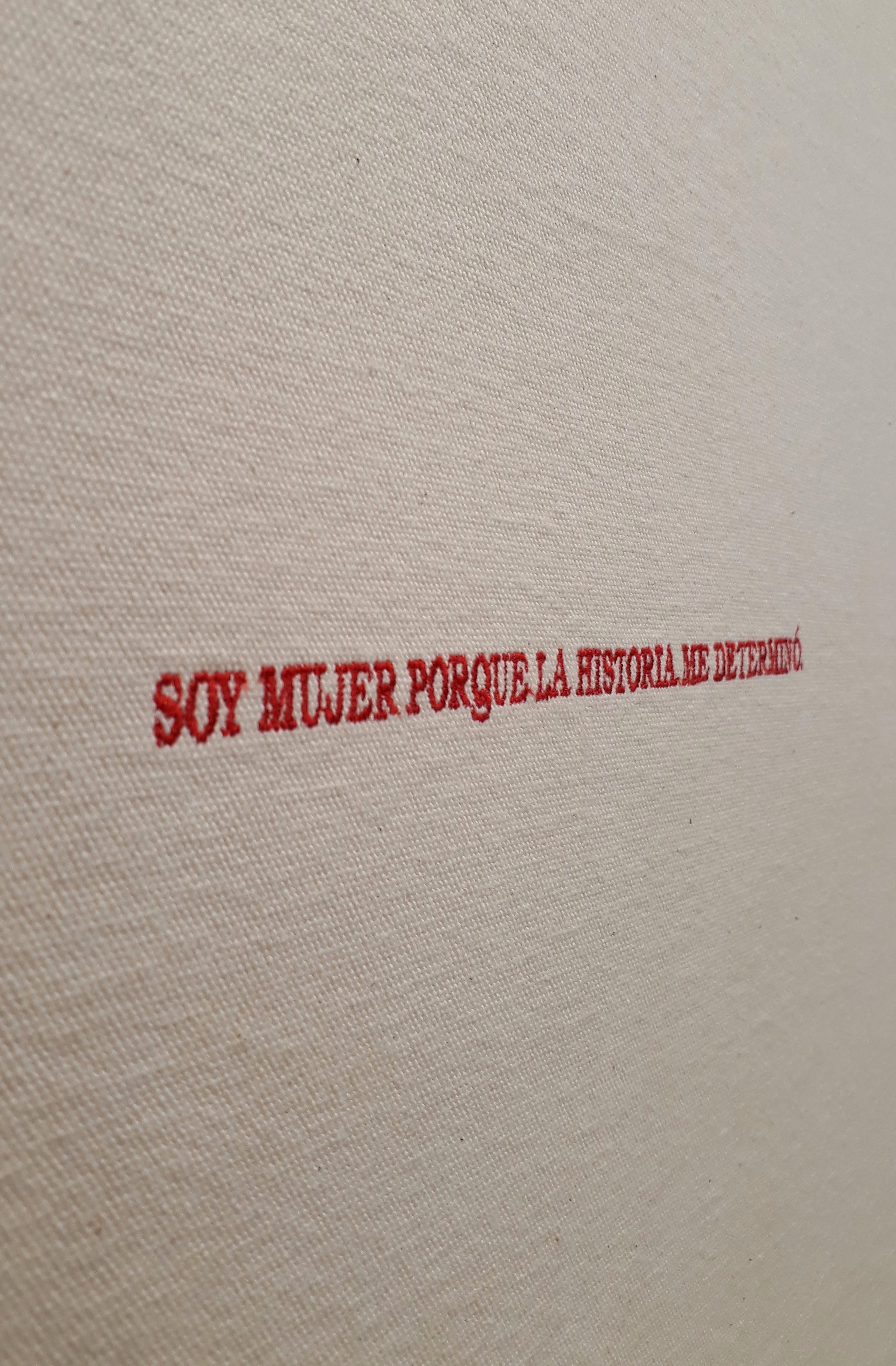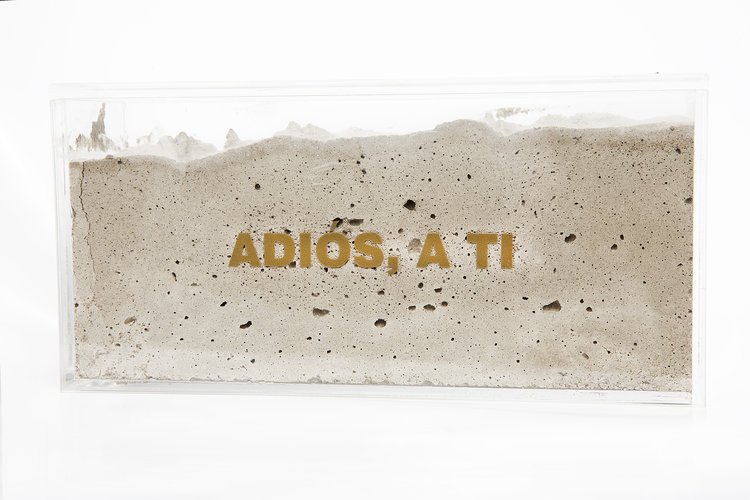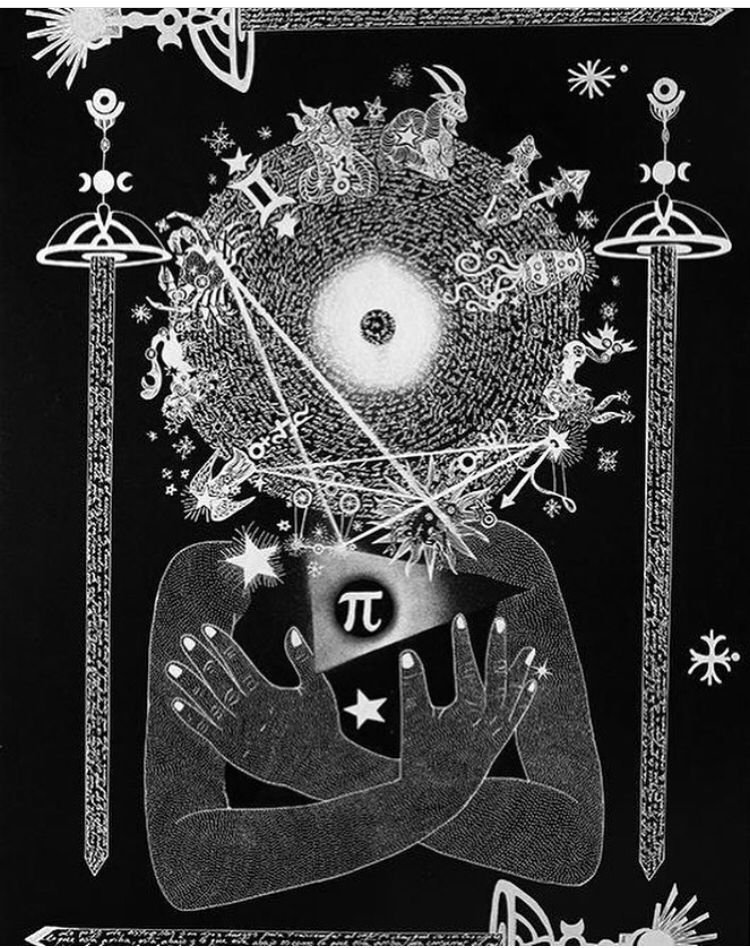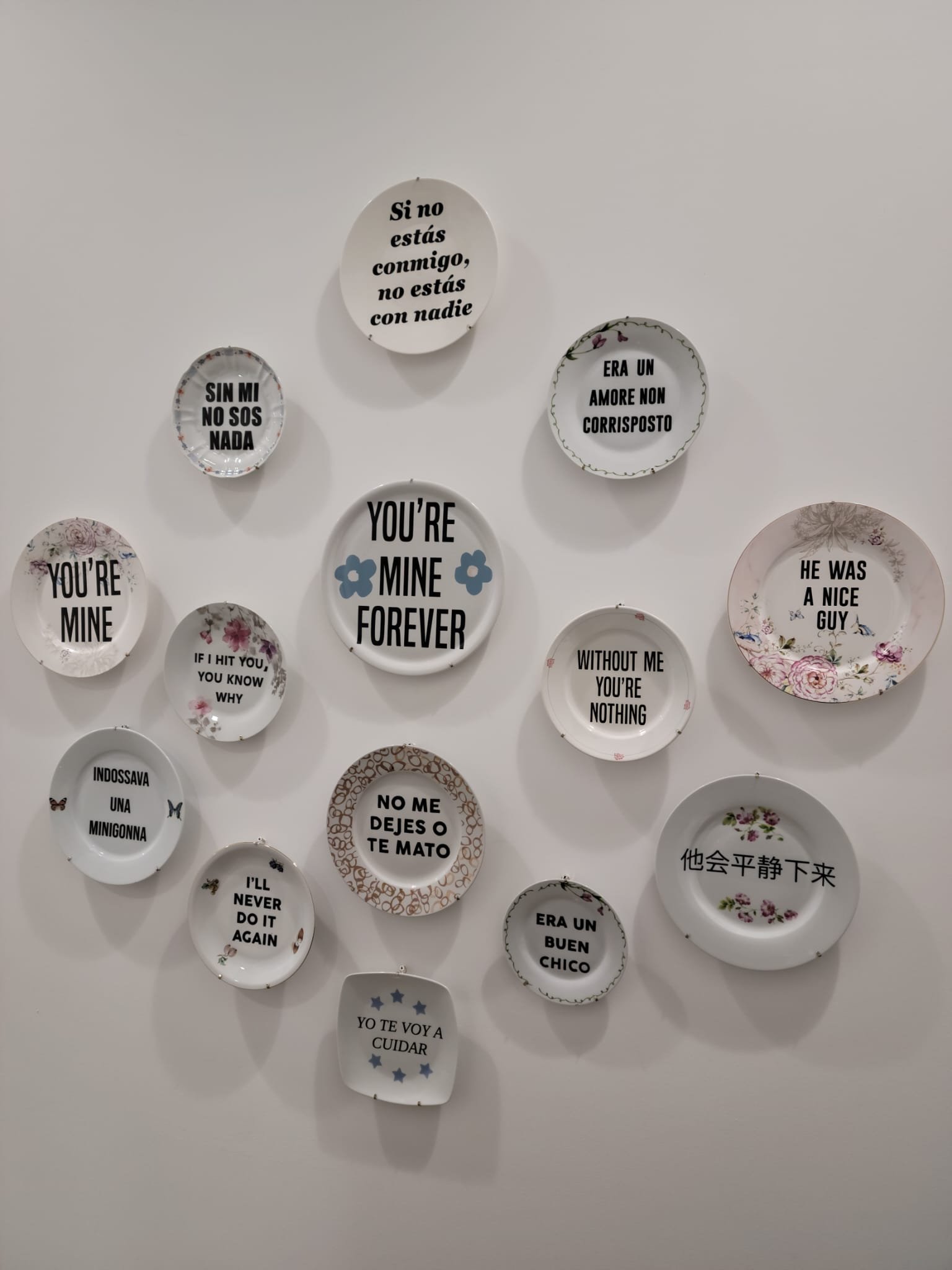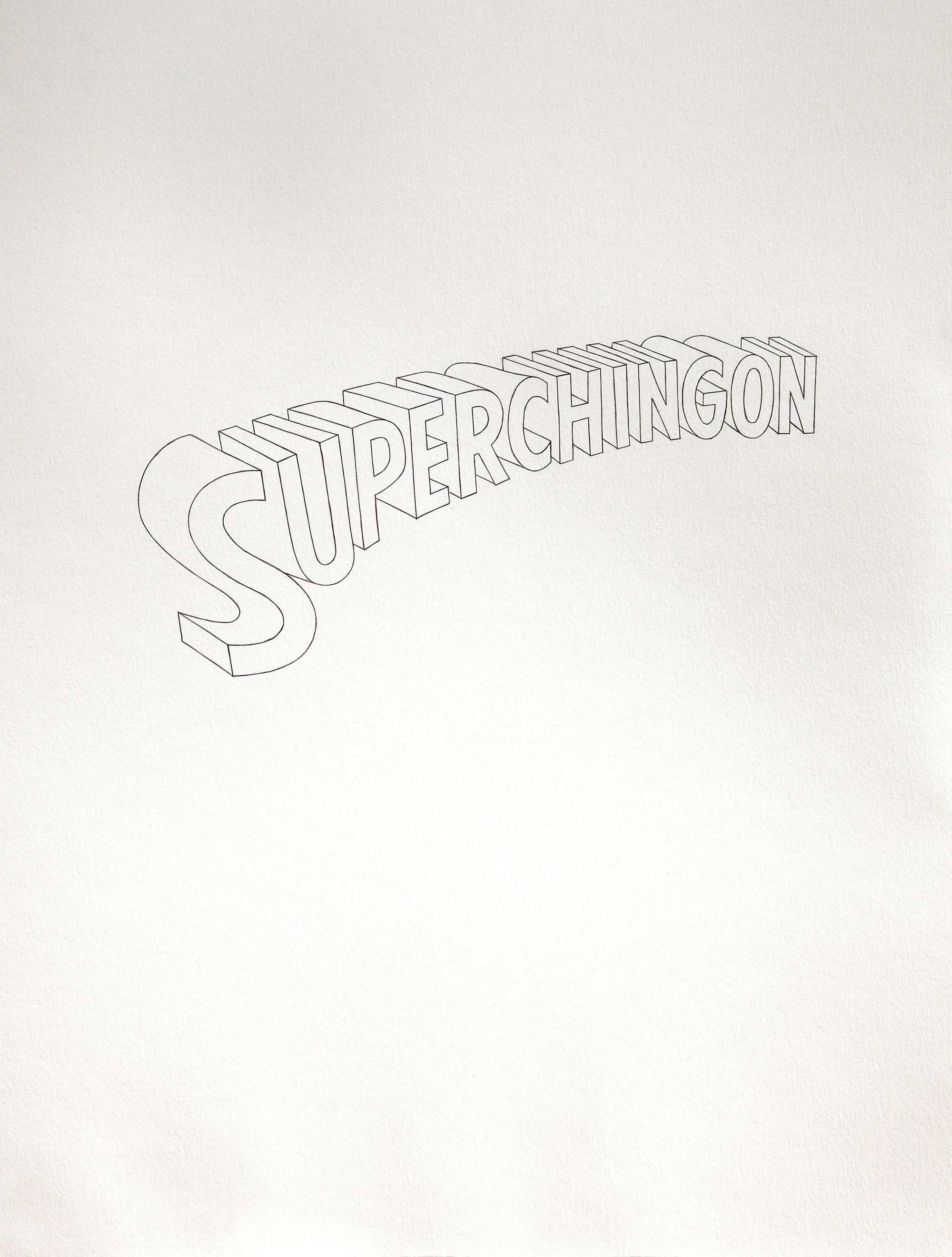Reading Room:
Current Words
Salón de Lectura: Palabras Actuales
Together with - En colaboración con - RoFa Projects
Acaymo Cuesta, Avelino Sala, Cerrucha, César Martínez, Davis Birks, ERRE, Erika Harrsch, Eugenio Merino, Lorena Wolffer, Luca Bray, Luisi Llosa, Marina Vargas, Priscilla Monge, Silvia Levenson, Walterio Iraheta & Worm
Reading Room: Current words
Cultures shape our environment, habits, ideas, words and an immense amount of content. All this generates group identities and personal identities. Herder spoke of Volkgeist -the spirit of the people- to reflect this fact.
Art does not distance itself from it, on the contrary it reflects that spirit of the people, as well as the spirit of the times, that is to say, the Zeitgeist.
In the Reading Room: Current Words, the gallery will become a large reading room, with more than 50 works by 16 artists, determined to find new ways of reflecting on contemporary art and the spirit of the times.
In this Reading room, words and images are not dissociated, but rather become the very object of the work. A divergent language with multi-directional reading, under an aesthetic approach that seeks not to raise certainties, but rather universal questions that emphasize better possibilities for our life in community.
Within these concerns, the treatment of women in history, of minorities, of women's rights over their own bodies, are key issues on which six artists will make us reflect. They are Priscilla Monge, Lorena Wolffer, Silvia Levenson, Eugenio Merino, Avelino Sala and Acaymo Cuesta.
Priscilla Monge explores the power relations that exist over the female body as a catalyst for policies, where femininity operates as a way of disciplining the female body. Showing, in the case of the exhibited piece, the presence of violence in everyday life and in the often invisible joints between aggression, pleasure, love and tenderness.
Lorena Wolffer, always present with elements of denunciation and resistance, clearly exposes the use and power of the word at the intersection of art, activism and feminism. I am a woman because it is a project that compiles phrases taken from the internet to reveal and refute mandates associated with behavior and the creation of labels for women.
Levenson denounces violence against women and structural violence. She analyzes the fear, discrimination and violence that begin at an early age, using a very traditional craft material to describe, not what we put on top of our furniture, but what we carefully hide.
In the series Winged Victories by artivist Cerrucha, the four goddesses at the base of the Monument to Independence, known as the Angel of Independence in Mexico, come to life embodying the most powerful slogans that were inscribed during the most emblematic feminist march in Mexico.
Acaymo Cuesta is interested in the use of the word as a shaper of the individual and in its use as a tool of control and indoctrination. As Orwell said in 1984 “if thought corrupts language, language can also corrupt thought”. Cuesta's pieces work like an open book, immersing us in a narrative that is told by each of the letters that we find in the details and by the pieces in themselves, always reflecting the dystopia of the societies in which we live. Hence his work Herstory: a term that describes history written from a feminist perspective and emphasizing the role of women.
Avelino Sala and Eugenio Merino create patterned rugs with macho phrases from philosophers, scientists and intellectuals, selected from the book La Arithmética del Patriarcado. Merino and Sala use the rug as a canvas; as a place where messages are spread through words, in this case popular phrases written or declared throughout history by very important philosophers or scientists in the history of mankind. In all these sentences, women are humiliated or relegated to an absolutely perverse role, affirming their lack of the basic values that those same men were using to establish their idea of the world.
The Greeks used to have two meanings for the word utopia: “eu-topos” meaning the good place, and “ou-topos” meaning the place that cannot be. Cesar Martínez elegantly portrays the death of the utopias of societies. The piece -Community Requiem- is a clear example of this.
Marina Vargas shows the meta-language and takes the Marseille tarot deck as an object of study, showing what is hidden behind each image: archetypes, symbols and numerology.
Muriel Hasbun simultaneously refers to the history of earthquakes in El Salvador and a history of art that managed to survive, in this case with a text typed and later corrected by hand by her mother, who very ironically counteracts the accusations of exoticism in the work of Valenzuela and other artists considered “exotic” in Central America.
Also with great irony, Iraheta's interest with the Superlatives project is to question the stereotypes that constitute idealizations of progress and success, and what it means to be a hero in historical terms of modernity. In this context, Iraheta develops an investigation on the use of superlatives in Latin American countries, words with the prefix "super" that exaggeratedly describe people or situations.
Davis Birks and Erika Harrsch address immigration issues directly and ironically. Birks does it with a suitcase that says “I have nothing to hide” placing the focus on the surveillance and monitoring that millions of people experience every day.
Harrsch masterfully creates a passport of "The United States of North America" with a fictitious shield that unites Mexico, USA and Canada with a Lepidoptera and whose content is the NAFTA agreement with the passage of the Monarch traveling freely and without barriers between the 3 countries.
Between dots and lines, two young artists use the word within the field of urban art. ERRE reinterprets the codes of modern urban art with a personal touch where protest, music and youthful spirit are mixed. Alive, Free and other works by the artist are inspired by her strong conviction and desire for change and social justice.
Worm has focused his career on lettering, from throw ups and block lettering, to wild style. Little people “Graffiting” letters are almost permanent in his work, anticipating the power that they have.
16 artists resignify the power of current and past words and the hermeneutics of art as a collective force of inclusion and hope for a humanity still in development and a Zeitgeist that breaks through dots and lines.
Gabriela Rosso
…………………….
Cuarto de Lectura: Palabras actuales
Las culturas configuran nuestro entorno, costumbres, ideas, palabras y una inmensa carga de contenidos. Todo ello va generando identidades grupales e identidades personales. Herder hablo de Volkgeist -el espiritu de los pueblos- para reflejar este hecho.
El arte no se distancia de ello, por el contrario refleja ese espíritu de los pueblos, así como el espíritu de los tiempos, ese decir, el Zeitgeist.
En la propuesta Salón de lectura: Palabras actuales, la galería se convertirá en una gran sala de lectura, con más de 50 obras de 16 artistas, decididos a encontrar nuevos modos de reflexión para el arte contemporáneo y el espíritu de los tiempos.
En este salon de encuentro, palabras e imágenes no están disociadas, sino que se convierten en el objeto mismo de la obra. Un lenguaje divergente con una lectura multi-direccional, bajo un abordaje esteticista que busca no plantear certezas, sino cuestionamientos universales que hacen hincapié en mejores posibilidades para nuestra vida en comunidad.
Dentro de estas inquietudes, el tratamiento a la mujer en la historia, a los minorías, al derecho de la mujer sobre su propio cuerpo, son temas clave sobre los que seis artistas nos harán reflexionar. Ellos son Priscilla Monge, Lorena Wolffer, Silvia Levenson, Eugenio Merino, Avelino Sala y Acaymo Cuesta.
Priscilla Monge explora las relaciones de poder que existen sobre el cuerpo femenino como catalizador de políticas, donde la feminidad opera como una forma de disciplinar el cuerpo femenino. Mostrando, en el caso de la pieza expuesta, la presencia de la violencia en la vida cotidiana y en las coyunturas a menudo invisibles entre la agresión, el placer, el amor y la ternura.
Lorena Wolffer, siempre presente con elementos de denuncia y resistencia expone claramente el uso y poder de la palabra en la intersección del arte, el activismo y el feminismo. Soymujerporque es un proyecto que recopila frases extraídas de internet para revelar y refutar mandatos asociados al comportamiento y creación de etiquetas para la mujer.
Levenson denuncia la violencia contra las mujeres y la violencia estructural. Refleja el miedo, la discriminación y la violencia que comienzan a edad temprana, utilizando para ello un material artesanal muy tradicional para describir, no lo que ponemos encima de nuestros muebles, sino lo que ocultamos cuidadosamente.
En la serie Victorias Aladas de la artivista Cerrucha, las cuatro diosas en la base del Monumento a la Independencia, conocido como el Ángel de la Independencia en México, cobran vida encarnando las consignas más poderosas que se inscribieron durante la marcha feminista más emblemática de México.
Acaymo Cuesta se interesa por el uso de la palabra como moldeador del individuo y en su uso como herramienta de control y adoctrinamiento. Como dijo Orwell en 1984 “si el pensamiento corrompe el lenguaje, el lenguaje también puede corromper el pensamiento”. Las obras de Cuesta, funcionan como un libro abierto, sumergiéndonos en una narrativa que es contada por cada una de las letras que encontramos en los detalles y por las piezas en sí, reflejando siempre la distopia de las sociedades en que vivimos. De allí su obra Herstory (el relato de ella): término que describe la historia escrita desde una perspectiva feminista y enfatizando el papel de la mujer.
Avelino Sala y Eugenio Merino crean tapetes estampados con frases machistas de filósofos, científicos e intelectuales, seleccionadas del libro La Aritmética del Patriarcado. Merino y Sala utilizan el tapete como lienzo; como un lugar donde a través de las palabras se expanden mensajes, en este caso frases populares escritas o declaradas a lo largo de la historia por filósofos o científicos muy importantes en la historia de la humanidad. En todas estas frases se humilla o relega a la mujer a un papel absolutamente perverso afirmando su carencia de los valores básicos que esos mismos hombres estaban utilizando para fijar su idea del mundo.
Los griegos solían tener dos significados para la palabra utopía: “eu-topos” que significa el lugar bueno, y “ou-topos” que significa el lugar que no puede ser. Cesar Martínez retrata de manera elegante la muerte de las utopías de las sociedades. La pieza -Community Requiem-, es un ejemplo claro de ello.
Marina Vargas pone de manifiesto el meta-lenguaje y toma como objeto de estudio la baraja de tarot de Marsella, mostrando lo que se esconde detrás de cada imagen: arquetipos, símbolos y numerología.
Muriel Hasbun hace referencia simultáneamente a la historia de los terremotos en El Salvador y a una historia del arte que logró sobrevivir, en este caso con un texto mecanografiado y luego corregido a mano por su madre, quien muy irónicamente contrarresta las acusaciones de exotismo en la obra de Valenzuela y otros artistas considerados “exóticos” en America Central.
También con gran ironía, el interés de Iraheta con el proyecto Superlativos es cuestionar los estereotipos que constituyen idealizaciones del progreso y el éxito, y lo que significa ser un héroe en términos históricos de la modernidad. En este contexto Iraheta desarrolla una investigación sobre el uso de los superlativos en los países latinoamericanos, palabras con el prefijo “super” que califican de manera exagerada a personas o situaciones.
Tanto Davis Birks como Erika Harrsch y Lester Rodriguez, abordan directa e ironicamente los temas migratorios. Birks lo hace con una maleta que versa “I have nothing to hide” colocando el foco en la vigilancia y seguimiento que millones de personas viven cada día.
Harrsch crea magistralmente un pasaporte de “Los Estados Unidos de Norte America” con un escudo ficticio que une a México, USA y Canadá con una Lepidoptera y cuyo contenido es el acuerdo de NAFTA con el paso de la Monarca viajando libre y sin barreras entre los 3 países.
Entre puntos y trazos, dos artistas jóvenes usan la palabra dentro del campo del arte urbano. ERRE reinterpreta los códigos del arte urbano moderno con un toque personal donde se mezclan la protesta, la música y el espíritu joven. Vivas, Libres y otras obras de la artista están inspiradas en su fuerte convicción y deseo de cambio y justicia social.
Worm ha centrado su carrera en el lettering, desde throw ups y block lettering hasta wild style. Pequeñas personas “Graffiteando” letras son casi permanentes en su obra, anticipando el poder que las mismas tienen.
16 artistas resignifican el poder de las palabras actuales y pasadas y la hermenéutica del arte como fuerza colectiva de inclusión y esperanza de una humanidad aún en desarrollo y un Zeitgeist que traspasa puntos y rayas.
Gabriela Rosso
Beta Artists
Artistas Beta
RoFa Projects Artists
Artistas RoFa Projects


